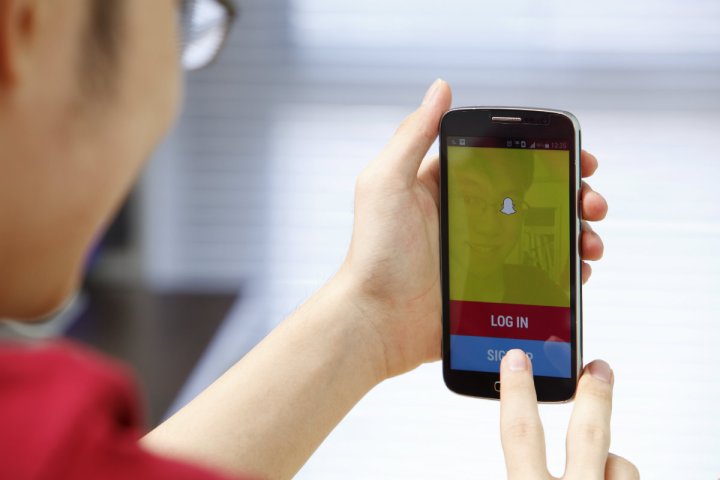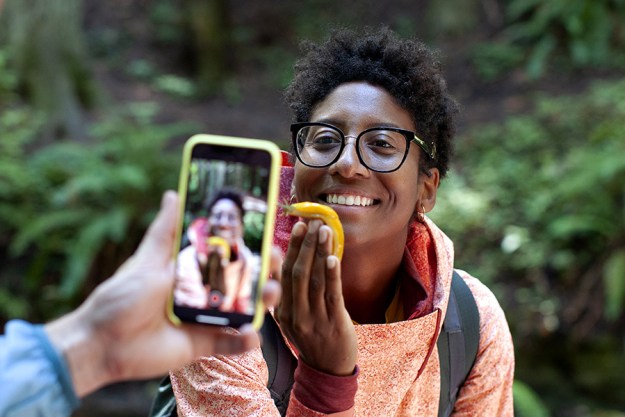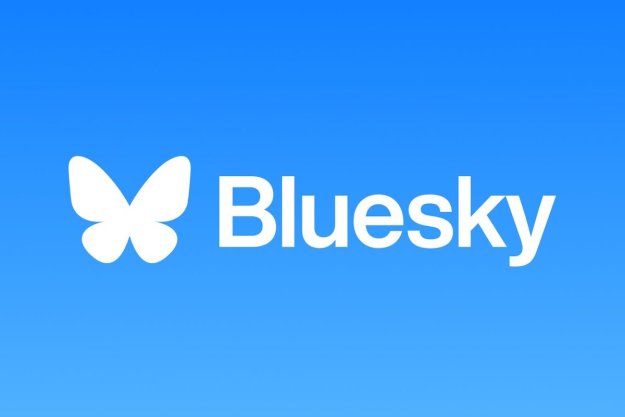
What’s remarkable about this trend is that we’ve had this particular notion of self-destructing communication for some time, both in media and in real life. Only you had to be super spy to make use of it.
But most of us can’t claim to be secret agents. So why has this not-exactly-futuristic mode of technology caught on so fiercely? What do we suddenly have to hide?
Frictionless intimacy
I want to use the example of sexting to illustrate how intimacy comes into play in person-to-person communication. Not because Snapchat, Poke, and Wickr are explicitly sexting apps, though they do lend themselves to that kind of sharing. Rather because, well, that’s about as intimate as you can get in any online context.
Say you’re in a new relationship. Your phone is right there, and you just think taking a picture of some skin might be something of a thrill. Texting that image means sending those salacious ones and zeros through the air to a party you’ve only just begun to trust not to expose you. There is a considerable investment in that simple act.
Sharing yourself in such a deeply visceral way goes beyond the purview of services like ChatRoulette in its heyday or even Vine because that image carries weight. It means something. Hence the backlash people like revenge-picture-poster Hunter Moore have received by profiting over the unwanted publishing of those images.
That kind of intimacy is obviously useful and desirable even in everyday conversation, even when the emotional and social risk isn’t as high. It allows people to be their honest selves as opposed to their mediated selves, an idea that remains contentious when it comes to things like Facebook. The idea that these messages would be destroyed makes sharing that much more potent because it enhances the intimacy, as if to say this was meant for you and you alone. And that sense intimacy drops inhibitions, allowing people to show more of themselves without running the risk of later judgement, or even suffering a breach of privacy that they couldn’t control.
Think smaller
These might serve as functional reasons for why such apps are important, but they don’t quite touch on why they’re popular. And they’re popular because Facebook and Twitter have become uncool. Both are uncool because they’re mostly devoid of “affective relationality” – that gut feeling you get when you’re genuinely connecting with someone. That feeling is all the more potent because it’s fleeting.
Despite Facebook’s ubiquity and the sheer scale of its Social Graph, the kind of sharing we engage in Facebookland can so often feel cold. In Mark Zuckerberg’s quest to recreate the Web in his image, the feeling of true connectedness has waned in favor of empty likes and flat Happy Birthday wishes. Much the same can be said for Twitter, an echo chamber useful for news and quick bursts of snarky conversation, but not the close-quarters exchanges that convey real human emotion.
So we started thinking smaller. Instagram, at first anyway, was a place to share moments scrapbook-style with close friends. The same holds true for Vine and Path. And even these examples are overburdened by the desire for scale. Last year, Pair broke the mold by billing itself as a social network for two people. The thing about these apps is that they feel warmer, more intimate. They feel personal. Thus, we feel readier to share things we might be reluctant to add to the noisy conversations happening on their bigger cousins.
Through apps like Snapchat, impermanence in messaging takes that idea to its logical conclusion, adding an urgency and sense of privacy that creates a feeling of closeness between the sender and recipient. We care about what’s being sent because it won’t be there forever. There’s something like memento mori in the very idea that even a passing “Hello” will die when so much of our lives – even if not our bodies – are here forever.
Lost privacy
The idea that anything we share online is, to some extent, not our own – that even the most mundane dirty laundry might be sifted through by ever-watching eyes – no longer seems to alarm us. On Twitter, Facebook, and Google, your identity is a commodity, and companies will continue to vie for your precious data in order to target ads. Data brokers like Acxiom exist for this express purpose.
Which says nothing of the risk of hackers compromising your data or companies running afoul of privacy regulations. The New York Times suffered a major breach today that resulted in its staff’s passwords being stolen. Popular messaging app WhatsApp was only days ago found to be reading users’ contacts and breaking privacy laws.
In a climate that seems to be rife with privacy problems due to how information is handled and controlled, things seem to get a lot simpler if that very same information is out of people’s hands. Snapchat has historically been transparent about how the information it transmits if destroyed almost immediately, though with some important exceptions when it comes to law enforcement. The same applies to Poke, though it destroys data after a few days. Wickr was created with security in mind, adding Dropbox functionality that allows files to self-destruct after a specified time.
One of the oldest adages of the information age is that everything sticks on the Internet. There’s no escaping what you’ve done, what you’ve searched, and even where you’ve been. Maybe this moment is the first time that idea is being resisted.
Editors' Recommendations
- WhatsApp now lets you send self-destructing voice messages
- Why have Americans turned a cold shoulder to messaging giant WhatsApp?


